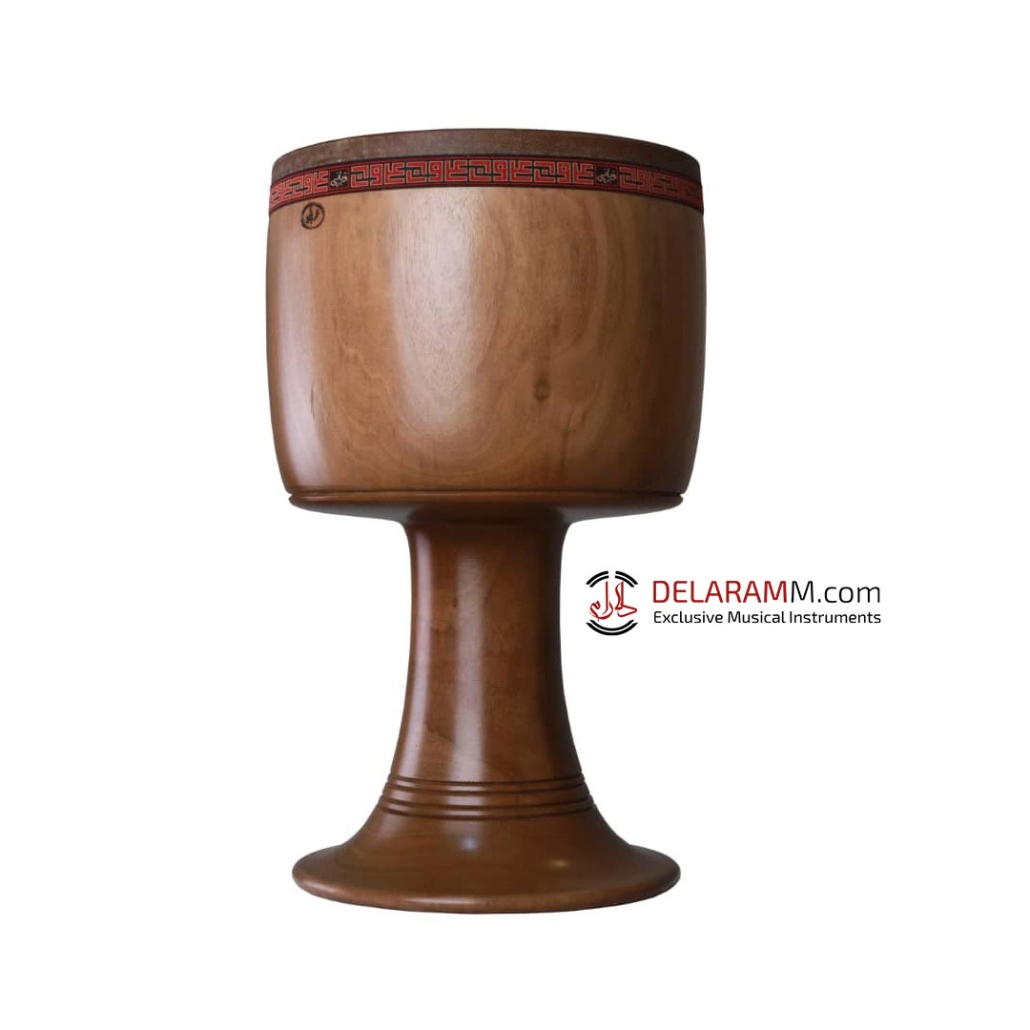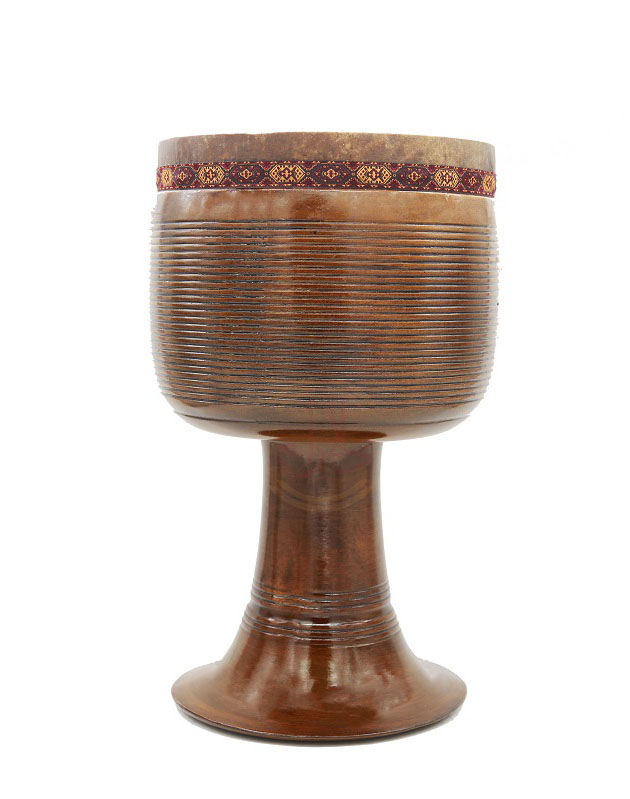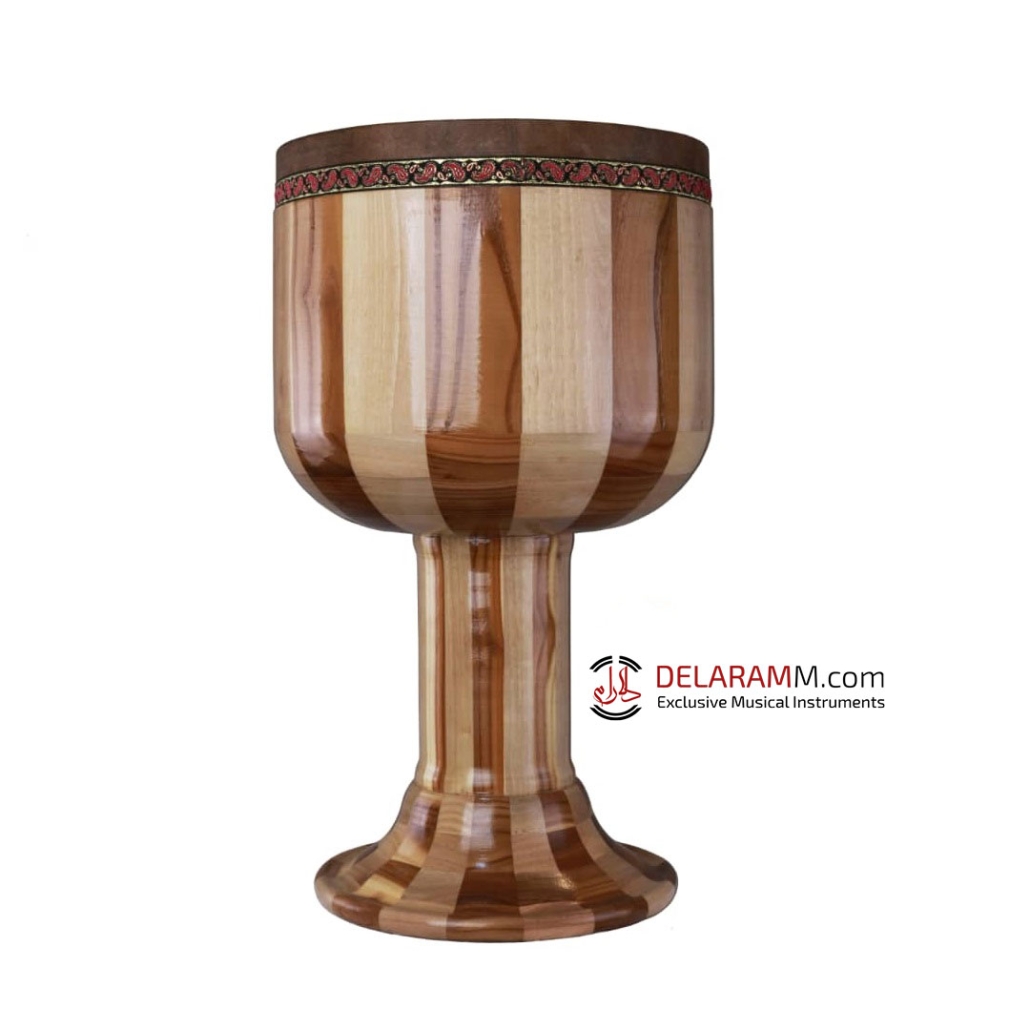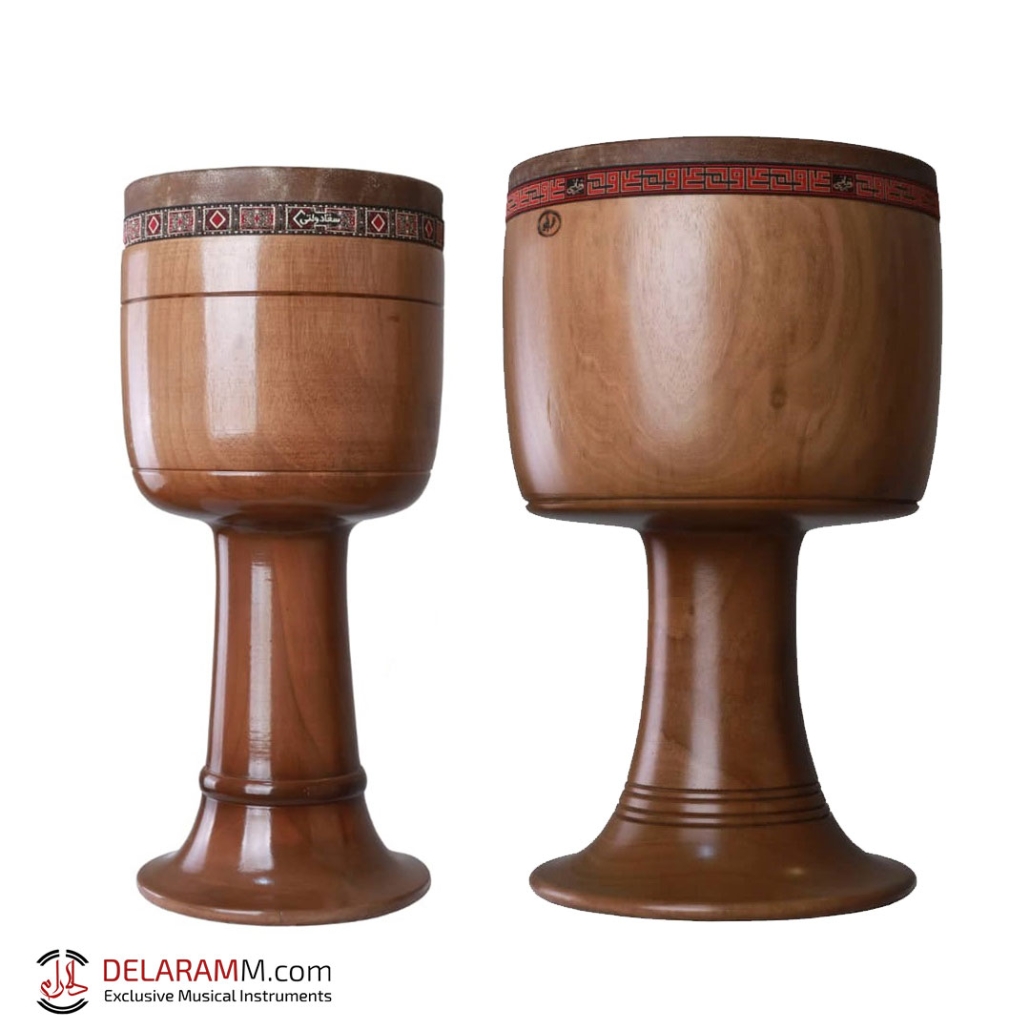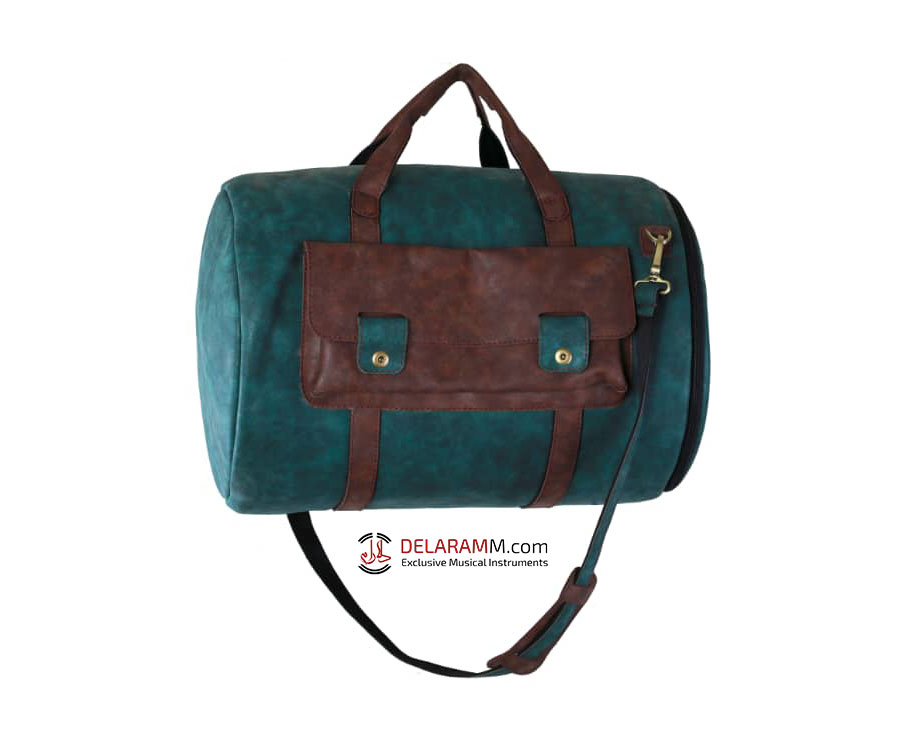A Complete Guide to Buying a Tonbak Instrument
Introduction
Arguably, music is an intricate part of our existence, amplifying our emotions and conveying our thoughts in a manner that words often fail. Instrumental music affects us deeply, and one such instrument that leaves a remarkable impression is the “Tonbak.” Hailing from the Persian heritage, the Tonbak is iconic of Middle Eastern enchanting rhythms, which we will uncloak in this guide.
What is a Tonbak?
The Tonbak, also known as Tombak or Persian drum, is a goblet-shaped drum predominately used in Persian music. It is one of the principal musical instruments in Iran and neighboring regions. Crafted from wood (usually walnut), the Tonbak takes a chalice form, tapering from a larger top to a smaller base. Its drumhead is conventionally made from camel, goat, or sheepskin. Tonbak play involves the use of finger techniques, creating a wide range of rhythmic patterns and tones.
Importance and Popularity of the Tonbak
This instrument’s significance lies not just in its mesmerizing sounds but also in its deep-rooted cultural implications. Tonbak plays an integral role in Persian classical music ensembles, also known as “Dastgah,” and has been celebrated throughout Iranian history. Furthermore, its rhythmic versatility has paved a path to various other musical genres, including traditional folk, pop, and even contemporary music.
- holds an important place in Persian music tradition
- Prominent in different genres, indicating musical versatility
- Gaining global recognition for its unique sound and playing techniqueThe Tonbak has gained global recognition, introducing the music world to its unique sounds and versatile playing mechanisms. If you’re considering buying this captivating instrument, keep reading as we delve into the necessary considerations and tips for making a worthy purchase.
Types of Tonbak
When it comes to Tonbak, also known as the Persian drum or Tombak, there are two main types you’ll encounter: the traditional and the modern. Each holds great, unique features, highlighting the diversity and richness of Persian music.
Single-piece Tombak:
The single-piece tombak refers to a traditional style of tombak crafted from a single block of wood. Historically, this method of construction was labor-intensive and challenging. However, nowadays, it’s become less common due to advancements in manufacturing techniques and the availability of alternative materials.
Multi-piece Tombak:
The multi-piece tombak is constructed from several components that are assembled together. After preparing the individual pieces, they are joined, and then the drumhead is stretched over the assembled body. This method is generally considered easier than crafting a single-piece tombak.
Fiberglass Tombak:
Fiberglass tombaks are made from fiberglass or compressed plastic materials. While these instruments are relatively easy to manufacture, they often face criticism from music experts. Many argue that the material used doesn’t produce a desirable sound, leading to their lack of acceptance within musical circles.
“Tarke-ie” Tombak :
The “Tarke-ie” Tombak is characterized by its construction using multiple pieces and segments. By utilizing these segments, manufacturers can create a tombak that is lightweight and convenient to play. This type of tombak is often preferred over others due to its ease of use and portability.
Materials Used in Tonbak Construction
When venturing into the world of purchasing a tombak or Persian drum, it’s essential to understand the materials used in constructing this unique musical instrument. The tonbak is traditionally fashioned from two primary components – the body and the drumhead. Different materials used for these components significantly affect the price and quality of sound produced.
The body of the Tonbak
The body, also known as the shell, plays a vital role in the overall resonance and tone of the instrument. Most traditional tonbaks are made from a single piece of mulberry or walnut wood for a rich and warm sound. However, cheaper models might be constructed from a variety of other hardwoods or even synthetic materials. While these alternatives can still provide an enjoyable playing experience, they typically can’t match the quality of sound provided by the traditionally used woods.
- Mulberry wood: Delivers a warm, deep sound.
- Walnut wood: Gives a resonant, rich tone.
- Synthetic materials: Economically priced but compromises on sound quality.
The drumhead of the Tonbak
The drumhead often called the skin, is the surface that you strike to produce sound. Traditionally, the drumhead of the tonbak is made from camel, calf or goat skin. These natural materials give it a sharp and sensitive response, ideal for the intricate finger techniques used in Persian drumming. Today, you may also find tonbaks with synthetic drumheads, which are more durable and less affected by environmental conditions but might not provide the same authentic sound quality.
- Goat skin: Provides a sharp, responsive tone.
- Camel skin: Offers a sensitive, nuanced sound.
- Calf skin: Durable and deep and booming tone.
Key Factors to Consider Before Purchasing a Tonbak
Buying a musical instrument like Tombak, a traditional Persian drum also known as Tombak, is no small feat. Regardless of whether you’re a rookie eager to learn or a seasoned player looking to upgrade, you need to consider several factors before making your purchase. Let’s explore the key factors you should take into account when purchasing a tombak.
Budget
The first and foremost thing to consider when buying any musical instrument, including a tonbak, is your budget. Tonbaks can vary widely in price, from the lower end of the spectrum right up into the thousands. The variance in price usually reflects the quality and materials used, but not always.
- Beginner tonbaks may be in the $350-$450 range.
- Moderate quality Tonbaks can fall in the $500-$700 category.
- High-end professional Tonbaks can cost upwards of $1000. Regardless of your budget, remember to allot some money for accessories like a case or a stand, which may not be included with the drum.
Size and Weight
Another key factor to take into consideration when buying a tombak is the size and weight of the instrument. Tonbaks can come in various sizes, from smaller, lighter versions to larger, heavier ones. This can significantly influence your playing style and overall comfort during your practice sessions.
- Small Tonbak (20-23): The smallest tombaks, designed for younger players and perfect for beginners within that age group.
- Medium Tonbak (24-25): These tombaks are of medium size and are typically selected based on the preferences of both students and instructors. They are currently in stock.
- Large Tonbak (26-28): These tombaks are larger in size, resulting in a higher pitch compared to others. can deliver a richer and deeper sound but might be harder to handle
Sound Quality
Sound quality is an essential factor to consider in any musical instrument. For tonbaks, the sound can range from sharp and bright to deep and resonant, largely depending on the materials used and the thickness of the drum. It’s crucial to test the sound quality before purchasing to ensure it suits your personal preference and playing style.
Brand Reputation
Last but not least, you must consider the brand reputation before buying a tonbak. Some tonbak brands are known for their exceptional quality and craftsmanship, offering hand-crafted tonbaks made from the finest materials. Conversely, there are brands known for manufacturing budget-friendly, mass-produced tonbaks suitable for beginners. Conduct thorough research, read online reviews, and solicit advice from experts or fellow musicians to determine the best brand for your needs and budget.
Places to Buy a Tonbak
When it comes to purchasing a Tonbak or any musical instrument, there are two main avenues you can explore. You can either walk into a local music store or leverage the power of online marketplaces.
Local Music Stores
Visiting your local music store provides the timeless experience of being able to touch, feel, and even test the Tonbak before purchasing. This is incredibly important, especially if you’re a beginner. Being able to connect with the instrument – check out its weight, texture, design, and sound can be quite informative. You can also get expert advice from sales assistants who can guide you on choosing the right Tonbak that suits your needs. While the downside might be limited options and possibly higher prices, you can be assured of the quality of what you’re buying.
- Look out for music stores in your local area
- Don’t be afraid to ask for advice or assistance
- Always test the instrument for yourself
Online Marketplaces
In contrast, online marketplaces offer a vast array of Tonbak instruments at competitive prices. Websites like Amazon, eBay, and even specialized musical instrument platforms like Delaramm.com offer diverse options from different brands. Detailed descriptions and customer reviews can guide you, even though you can’t physically assess the instrument. Just ensure you’re buying from reputable sellers and be cautious of overly cheap offers – the quality may be compromised.
- Consider reputable online platforms like Amazon, eBay, and Etsy
- Read through the product descriptions and customer reviews carefully
- Make sure you understand the seller’s return policy before purchasing.
Researching and Comparing Tonbak Options
Every musical instrument is an investment, and a Tonbak, or Persian drum, is no exception. To make sure you’re putting your hard-earned money on a quality instrument that suits your needs, you’ll want to do some thorough research and comparison before you buy. Some of the effective ways to do this include reading customer reviews, comparing prices and features, and seeking expert opinions.
Comparing Prices and Features
Do not be swayed by price alone when choosing your tonbak. Although it can be a significant factor, the quality and type of your instrument should take precedence.
- Different tonbaks have varying materials and build styles, all of which can affect their sound production and durability.
- Compare the features of different models, considering the drum size, materials used, carving depth, and the type of skin.
Seeking Recommendations from Experts
Another reliable way to find the right Tonbak is to take advice from those well-versed in the field – professional players, music teachers, and instrument makers. They can offer invaluable insights on the best type of Tombak for your needs and guide you through the buying process, steering you clear of subpar products. But remember, everyone has personal preferences, so use their guidance as a suggestion rather than an absolute rule. Striking a balance between expert opinion and your personal needs will lead you to the perfect Tonbak!
Tips for Trying Out a Tonbak Before Purchase
Investing in a tombak can be a significant step for any music enthusiast. It’s crucial, therefore, to make an informed decision. Here are two effective ways to try out a tonbak before you go ahead with your purchase.
Visiting a Physical Store
Physical stores dedicated to musical instruments are a great resource for anyone looking to buy a tonbak. When you visit a store, you have the privilege of trying out different tonbaks first-hand before making a decision. Here are some tips to make your store visit productive:- Request the assistance of an experienced store staff. They can provide you with valuable advice on the ideal Tombak to choose based on your preferences and skill level.
– Try playing the instrument. Mind the sound quality, the feel, and the weight of the drum.
– Compare different tonbaks. Analyze the variation in sound, material, and price among different types of tonbaks.
Attending Music Events or Concerts
Consider attending music events or concerts to interact with seasoned tonbak players. Here are the advantages:- Seeing professional players in action gives a good idea of the type of sound quality you should be looking for.
– It’s an opportunity to ask players questions about their tonbaks, like where they bought them and the price range you should expect.
– Some performers may even allow you to try their tonbaks. These two methods will not only help you make a more informed buying decision but also give you a chance to learn from experienced tombak players.
Maintenance and Care of a Tonbak
Once you’ve made your purchase, ensuring the longevity of your Tonbak is of utmost importance. Just like any other musical instrument, a Tonbak needs proper maintenance and care. Here are some tips on how to keep your Persian drum in optimum shape for a long time.
Cleaning the Instrument
Keeping your Tonbak clean is a step you should never overlook. This Persian drum is typically made from wood, with skin stretched over the top. To clean the body of your Tonbak. Use a dry, soft cloth to remove dust and dirt. Be mindful to apply gentle pressure so as not to damage the wood surface.
- If grime accumulates, create a mixture of warm water and a gentle soap. Using a softer cloth, gently wipe the surface of your instrument.
- As for the drumhead, lightly dust it off, taking care not to dent or puncture it. Remember, never use harsh chemicals to clean your Tombak, as this could ruin the materials it is made of.
Storing the Tonbak Properly
The way you store your tonbak can greatly impact its lifespan. When not in use, store your Persian drum in a dry, temperature-controlled environment. Extreme heat or cold can warp the drumhead, affecting the sound quality. Avoid placing the drum in direct sunlight or near heat sources like radiators and vents. To protect the drumhead and body against dust and scratches, consider purchasing a soft-lined tonbak case. Taking these measures will ensure a durable and long-lasting life for your Tonbak.
Frequently Asked Questions about Tonbak
In this section, we will be answering some of the most frequently asked questions about the Tonbak, from its rich origins to its durability and suitability for beginners.
Is it Tombak or Tonbak?
The Tonbak, also known as Tombak or Persian drum, is a goblet-shaped drum predominately used in Persian music.
How is a tombak made?
The head of the tombak typically features goatskin, securely glued onto it. The body, crafted from wood, serves as the resonating chamber of the tombak. Upon inspecting the top of the body, noticeable furrows are carved into the wood. The throat, nearly cylindrical in shape, serves as the connecting point between the top and the body of the instrument.
Where did tombak originate?
The tombak, also known as the zarb, is a goblet-shaped drum originating from Persia (modern-day Iran). It has a rich history in Persian classical music and is widely used in traditional Persian, Kurdish, Azerbaijani, and other Middle Eastern musical traditions.
Conclusion
We’ve finally arrived at the end of our detailed guide on buying a tonbak. There’s a lot to consider when investing in this integral Persian instrument. Still, with the right knowledge, the task becomes much easier and more enjoyable.

